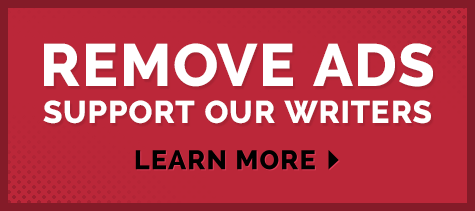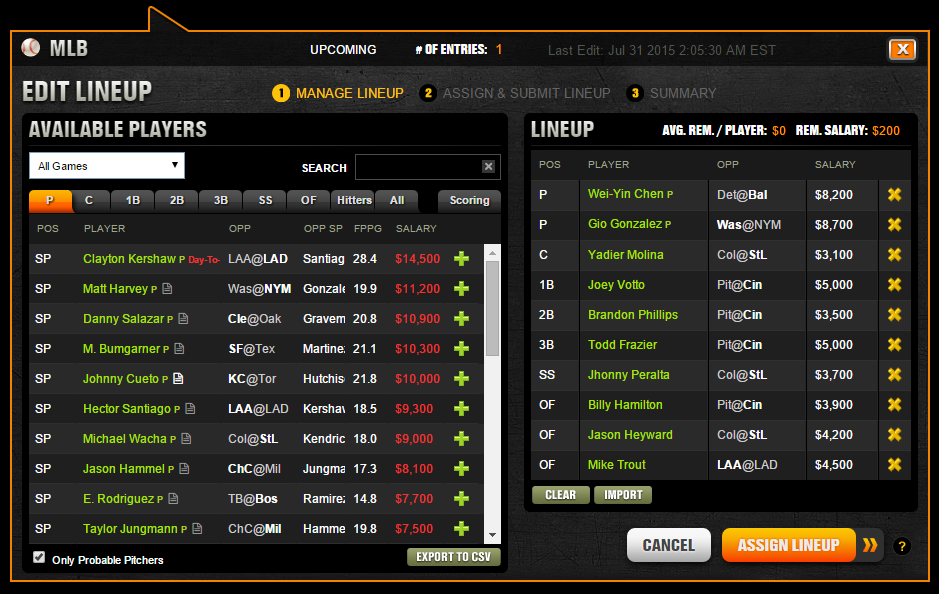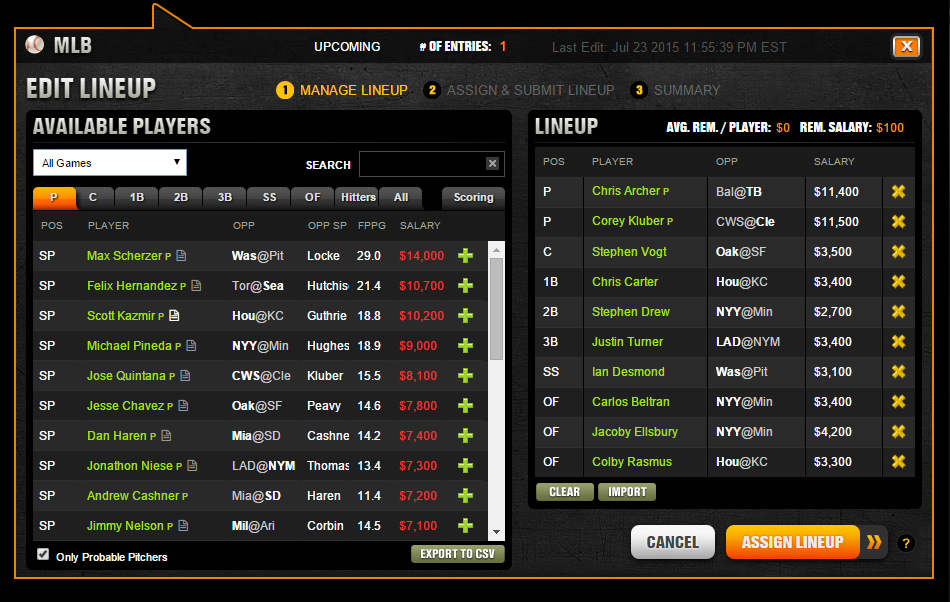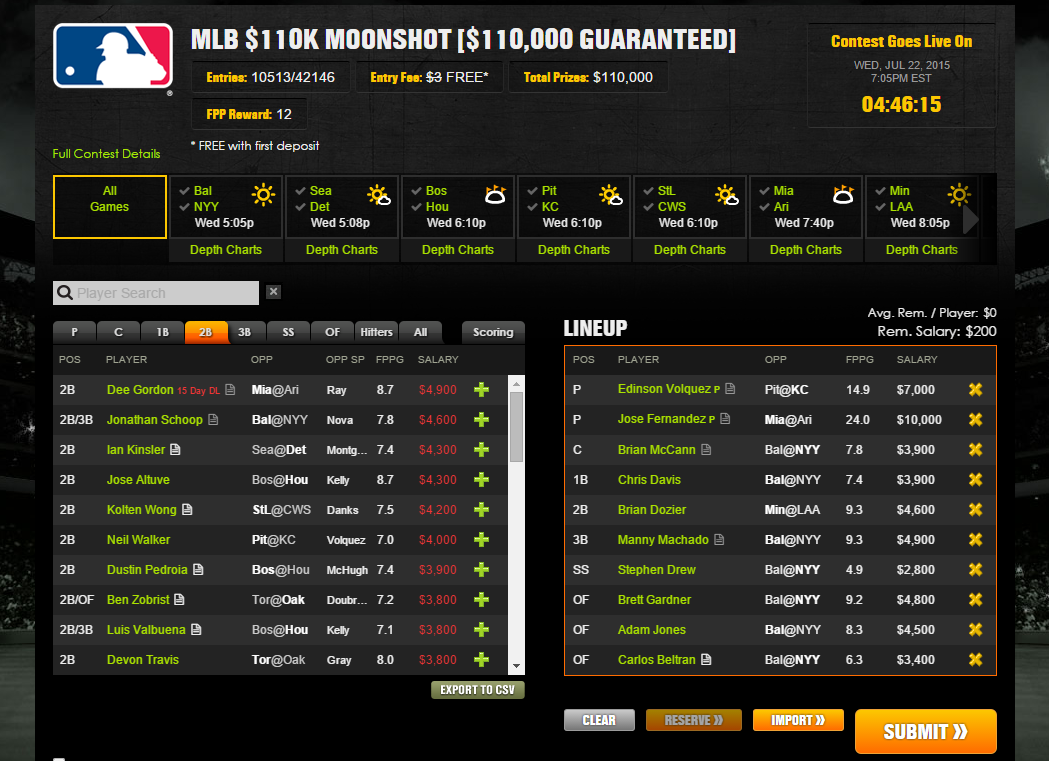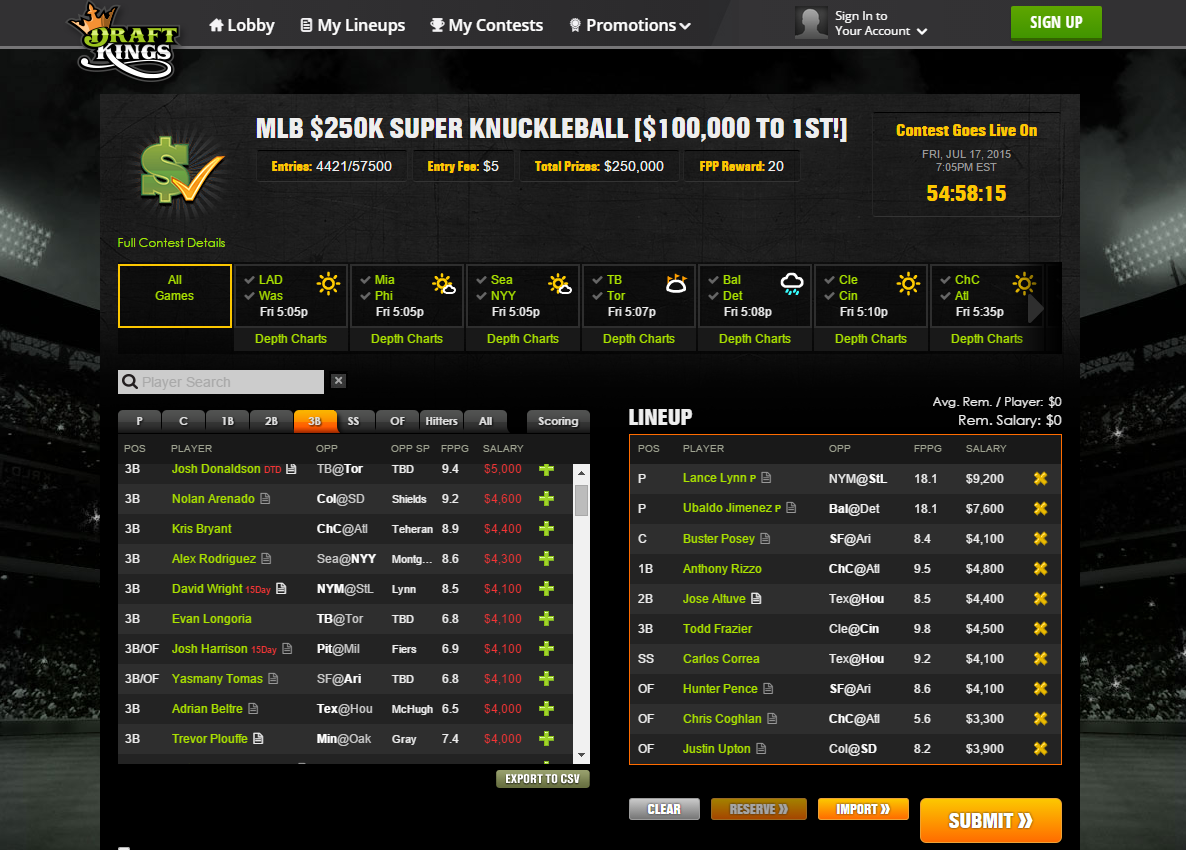Now that the July 31 trade deadline has passed, teams can still make trades, only with more restrictions than before. Updating Jeff Todd’s post last year on the topic, here’s a look at how August trades work. This information has, of course, been shared elsewhere, most notably in an article by ESPN’s Jayson Stark from all the way back in 2004, and in greater detail at Cub Reporter. Since the rules surrounding August deals are confusing, though, they’re worth reviewing here.
- In August, a big-league player must pass through revocable waivers before his team can trade him without restriction. These waivers last 47 hours. If no one claims him in that period, his team can trade him anywhere.
- If a player is claimed, his team can do one of three things. It can trade the player to the claiming team, revoke the waiver request (in which case the player will remain with his original team), or simply allow the claiming team to take the player and his salary (although a player with no-trade rights can block this from happening).
- A recent example of an August trade that developed from a waiver claim was the Brewers’ acquisition of Jonathan Broxton from the Reds last year. The Brewers claimed Broxton and ultimately got him from the Reds for two players to be named later, who turned out to be Kevin Shackelford and Barrett Astin. An example of a claim that didn’t result in a trade occurred last year, when the Cubs claimed Cole Hamels. The two sides couldn’t strike a deal, the Phillies revoked their waiver request, and Hamels remained in Philadelphia. Examples of teams simply letting players go via revocable waivers are more rare, but in 2009, the White Sox claimed Alex Rios from the Blue Jays, who simply let him go to Chicago without a trade. The White Sox were thus responsible for all of the approximately $62MM remaining on Rios’ contract.
- A team has 48.5 hours to trade a claimed player, and can only negotiate with the team awarded the claim on him.
- It’s common for teams to place players on revocable waivers, and their having done so does not necessarily mean they have serious plans to trade them. As Stark points out, teams commonly use waivers of certain players purely as smokescreens to disguise which players they really are interested in trading. In fact, sometimes teams place their entire rosters on waivers.
- If more than one team claims a player, priority is determined by worst record to best record in the league of the waiving team, followed by worst record to best record in the other league. For example, if an NL team places a player on revocable waivers, the team with the NL’s worst record will get first priority on claims, followed by every other team in the NL from worst to best, followed by AL teams from worst to best.
- If a team pulls a player back from waivers once, it cannot do so again in August. So if a team places a player on waivers for a second time, those waivers will be non-revocable.
- Players not on 40-man rosters are eligible to be traded at any time without passing through waivers.
- A player on the disabled list can only pass through waivers if his minimum period of inactivity has passed and he is healthy and able to play at his accustomed level.
- Teams can still make trades in September, but players acquired after August 31 can’t play in the postseason.
Players traded last August included Broxton, Adam Dunn, Alejandro De Aza, Kelly Johnson, Geovany Soto, Gordon Beckham, Josh Willingham, Kevin Correia and Jacob Turner. There weren’t any blockbusters last year, although it’s not impossible for major deals to happen in August. The Dodgers acquired Adrian Gonzalez, Carl Crawford and Josh Beckett in a gigantic trade in 2012, for example.
